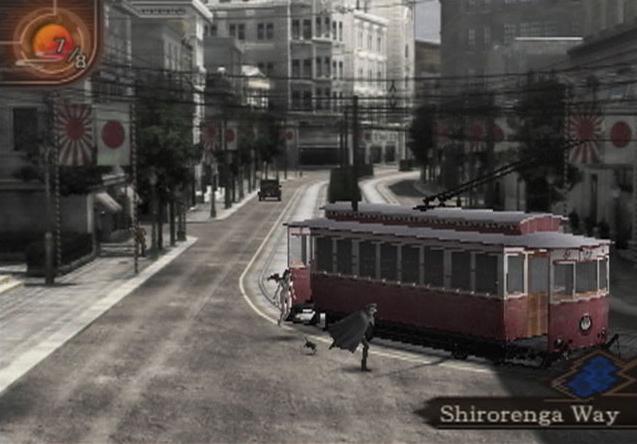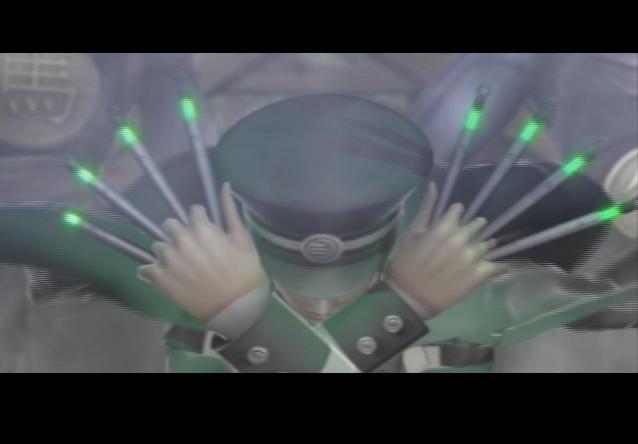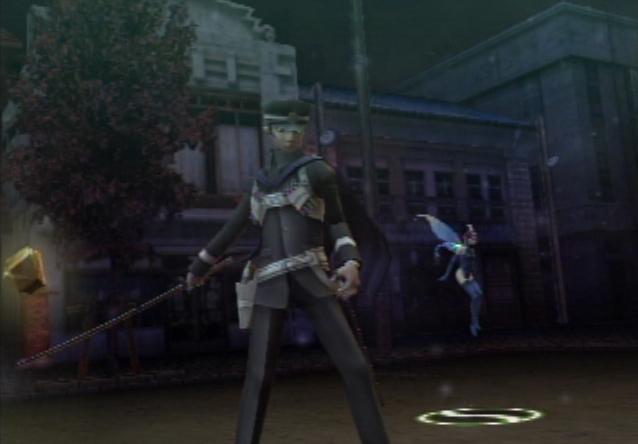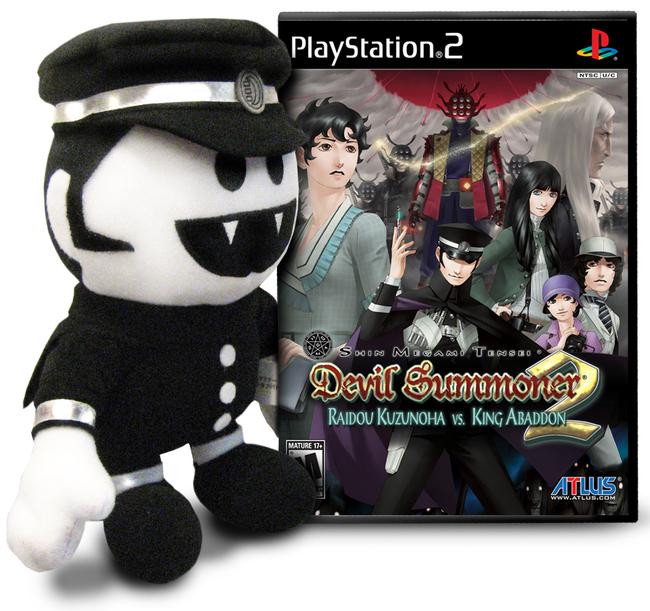
Fragile Dreams: Farewell Ruins of the Moon Review
Fragile Dreams wears many hats, which can probably seem a bit polarising to many gamers. At its core are some very simplified RPG mechanics, draped over with some survival horror and a story told in a style reminiscent of Italian neo-realism.

The game’s story unfolds at a decent pace as you play, though it can feel a bit padded at times. Even after 5 or so hours of play, there’s really nothing to indicate how things are going to end, nor what the overall point of the game’s narrative is. The main character seemingly stumbles into the villain’s plot almost randomly, and while I don’t have a problem with linearity, the game practically forces you through a set of linear paths on numerous occasions with the odd spell of needless and boring backtracking.
Fifteen-year-old Seto is forced out into a post-apocalyptic world after his grandfather passes away during the night. Armed only with his own wits and his flashlight, Seto is urged by a letter from his grandfather to locate a crimson tower where there might be other survivors. He sets off into the unknown, not knowing who or what he’ll come across.
As you wander about the game’s fascinating, but empty, world you’ll encounter a small cast of characters that neatly fit into common anime stereotypes: your shounen hero; tsundere sidekick; bratty thief with a heart of gold, strangely human AI and so forth. These clichés may be disappointing elsewhere, but this game is so overtly niche and Japanese in nature that it doesn’t really matter. The story is well told if a bit slow and the characters all have their characteristic flaws and rather tragic backgrounds. The ending is a bit sugary sweet, but fits the overall tone of the game.
The story works just fine though it leaves a lot to be desired, but what Fragile Dreams does above all else is develop a decent atmosphere. While it will eventually tread familiar JRPG grounds of “young man saves world”, it starts off with a world where everything’s already gone tits-up, where you’re merely trying to survive and locate other survivors. Scribbles and drawings on walls paint a bleak picture of survivors huddled together as the world falls apart around them. Yet while there's a lot to see, there's unfortunately not that much to do.

Everything is bleak, dark, rusted and decaying, and while the Wii is lacking in hardware power when compared to other consoles, the game does come off looking good. The Wii is in desperate need of some decent anti-aliasing software, but Fragile Dreams manages to look positively gorgeous during daytime sequences. Everything from the characters to the game environments is well animated, but the game chugs a bit during busier sequences.
What little music there is contributes to the overall atmosphere, with most of the themes using strings and pianos to a great haunting effect. The music swells as you approach enemies too, making for spooky and sometimes frightening situations. Outside of cut-scenes and combat, the only things you’ll hear are Seto’s footsteps and the sound effects of the environments. The way the sound design has been handled goes a long way to add fair amount of verisimilitude to the game and its post-apocalyptic world.
Seto’s flashlight is a prominent part of gameplay and is controlled by the Wii Remote’s pointer function. Pointing at various areas of the screen allows you to illuminate the dark and gloomy indoor environments. The beam of the flashlight shifts and changes depending on where it’s pointed, and is used to root out most of the game’s common enemies: thought entities.
Thought entities are the strong emotions people leave behind when they die. On account of pretty much everyone in the world being dead, there are a lot of strong emotions left behind. These thought entities come in a variety of ghostly shapes and sizes, from blue jellyfish to crying women. There are also a number of other enemies like crows, dogs and security robots.
Fragile Dreams makes brilliant use of the Wiimote’s speaker: enemies and characters are usually heard before they are seen, allowing the game to build tension before initiating combat. Holding the speaker up to your ear offers up hints and tips on what to do next from the game’s supporting characters.

Combat is strictly real time, but fairly simplified, much like the rest of the game mechanics. Seto can perform a basic three hit combo with single-handed weapons and a charged spin attack with heavier weapons. The weapons are all improvised from sticks and golf clubs to brooms, axes and bows. In keeping with the game’s survival horror roots, all weapons are breakable, so packing extras are a must.
Fighting enemies is usually quick and easy, though the game’s weaker enemies have a tendency to gang up and blindside you from time to time. This is a particular trait of flying enemies, who tend to circle around and attack Seto from behind, and attacks from even weaker enemies can hurt badly. Seto isn’t an experienced fighter, which is reflected in the way he fights.
Thankfully the game gives you plenty of healing items to tide you over. Despite all the challenge from regular enemies bosses are sadly mostly laughably easy and rarely offer much of a challenge, which is a shame because most of them are quite frightening in their design style.
Scattered around the environments are memory items, artefacts containing the memories of their previous owners. While they don’t add much to the overall narrative, it’s a nice take on the classic audio log which provides some exposition on what the world was like before the catastrophe, and the various fates of certain individuals.
Most items are first discovered as “mystery items” which need to be identified by Seto at a save point. Save points take the form of camp fires which Seto lights up to rest at. Why Seto simply can’t shine his flashlight on said items is never explained. Save points are also the only places where you can organise your inventory – a key to success later on.
Inventory management is vital in Fragile Dreams as your on hand inventory is limited to a 4x3 grid at first. Seto carries with him a suitcase containing his own personal hammer space, but you can only switch items from your on hand inventory to your suitcase at a save point. The merchant, a man wearing a giant chicken head and a form fitted tuxedo, only shows up at save points and only when he feels like it.

Fragile Dreams: Farewell Ruins of the Moon is something both familiar and different at the same time. There are some classic RPG and adventure game mechanics at play, but at heart the game is mostly about story development and character interaction, some of which can be quite touching at times. Unfortunately the story can feel a bit padded with backtracking through linear corridors, though everything comes to a fitting if a little bittersweet conclusion.
The game certainly looks great, and overall it’s a satisfying experience, though if you’re not a fan of anime it might rub you the wrong way. The English voice acting can be touch and go at times, especially Seto's voice actor, who sounds like he's doing impressions of Michael Jackson and Elijah Wood at the same time.
Boring backtracking and somewhat slow story aside there aren't a lot of games like Fragile Dreams in general, let alone on the Wii. Fragile Dreams: Farewell Ruins of the Moon is far from perfect, but it's well worth checking out.